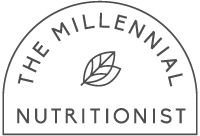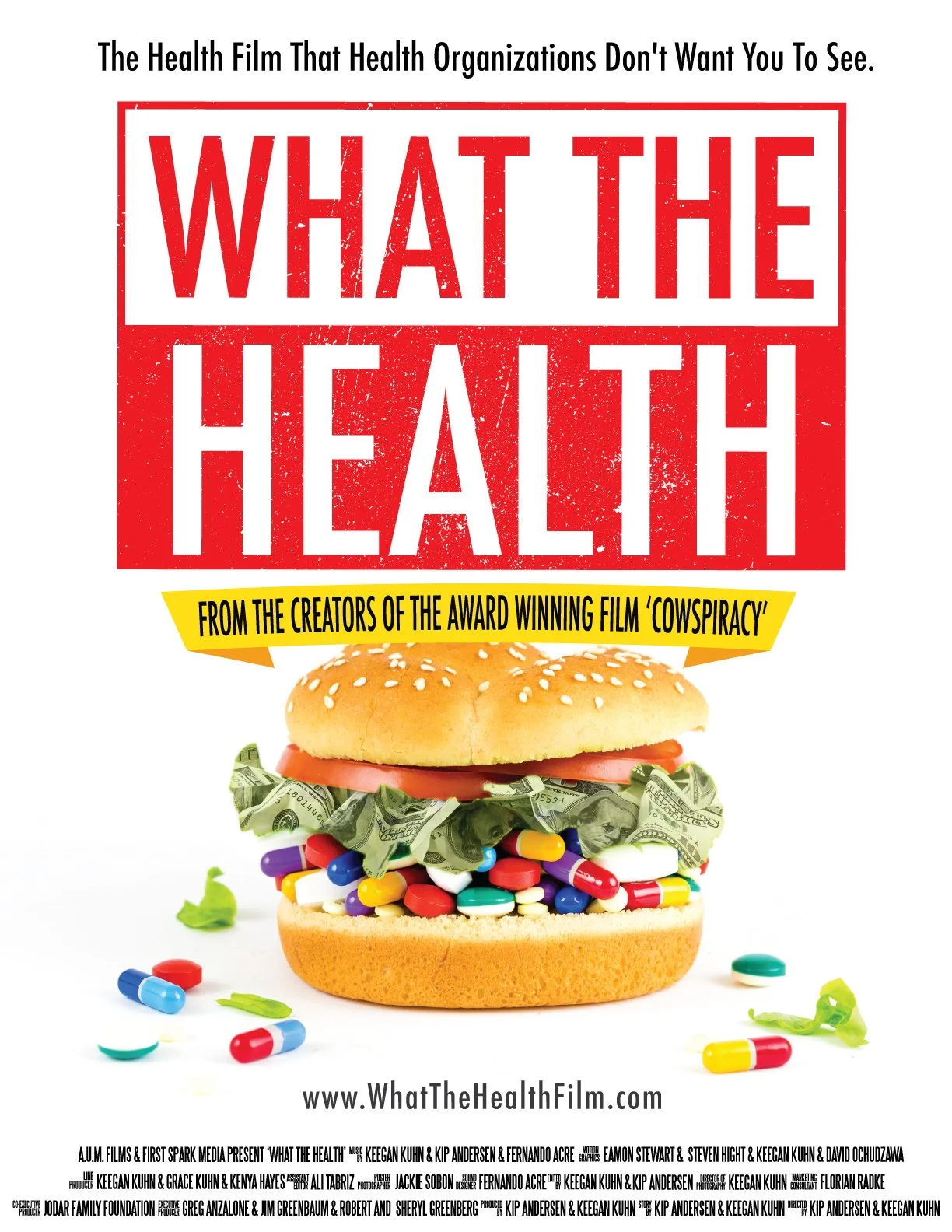How Do I Meet My Protein Goals If I Don’t Like Meat?
Written by Margaret (Maggie) Prosser, BS, CPT
Whether you are repulsed by meat, vegan, vegetarian, or simply prefer other protein sources, we have a complete guide on how to reach your protein goals for weight loss while avoiding meat.
We counsel many clients that don’t like meat. Here I have broken down some of the “whys” behind avoiding meat and solutions to help you meet your protein mark for the day.
Do you avoid meat because...
It’s a texture thing.
Try lean ground turkey or beef in breakfast egg cups. Egg cups are an easy way to mask the texture and flavor of ground meats. You’ll barely be able to see the meat. You can add any vegetables or cheeses to your next set of meal prepped egg cups.
Shredded chicken might be easier on your eyes and palette. Having shredded or cut up meat may look more appetizing on your plate than a slab of meat. Shred rotisserie chicken for tacos and add all the vegetables to mask the meatiness.
Does hot meat freak you out? Maybe deli meat is calling your name. You can even get thinly sliced chicken.
Hide it. A chipotle rice bowl will have about 25 to 40 grams of protein with a scoop of meat. If you add all the toppings, you will barely taste the meat.
You don’t like handling raw meat to cook.
Buy pre-prepared meats. Kevin’s marinated meats are a quick option that many grocery stores carry.
I find baking fish in the oven is the easiest way to prepare animal protein. I put it on a pan with foil, season it up, toss it in the oven, and forget about it. There is no turning and very little handling.
Smoked salmon is available at most grocery stores. I like to add smoked salmon to a bagel and cream cheese in the morning.
Again – deli meats are tried and true. Quick, easy, no mess.
You don’t know how to cook it.
I have attached a short crash course guide to cooking different meat. Check it out!
You think meat is unhealthy.
Meat shouldn’t be a food to fear. (You actually shouldn’t be scared of any food unless you are allergic to it.) With so much false nutrition information out there, it is difficult to distinguish who to listen to. Listen to registered dietitian nutritionists (RD or RDN). They are the experts in nutrition, food metabolism, and benefits/risks of foods.
Protein is primarily used to build and repair your muscles. Research shows animal protein is the most readily absorbed type of protein for this function. Essential amino acids (building blocks of protein) must be obtained through your diet. Plant-based protein sources do not provide these essential amino acids your body needs for tissue repair.
A complete protein is a food that provides all nine essential amino acids. If the plant-based protein does not have all nine amino acids, you can combine incomplete proteins to make them complete. A good example of this is whole grain rice and beans.
You disagree with how livestock is raised.
Raising livestock is not what it once was. I can speak to beef production specifically. Modern day farming and ranching utilizes state-of-the-art technology to ensure cattle well-being, beef quality, and safety. A team of specialists including farmers, ranchers, feedlot operators, veterinarians, nutritionists, and cowboys make it possible to get beef from the pasture to your plate. More than 85% of beef produced in the United States originates from farmers and ranchers that have a Beef Quality Assurance Certification (BQA). BQA is a voluntary, earned program with the mission to educate and guide producers to raising cattle humanely and sustainably.
Animal welfare goes hand-in-hand with profitability. Ranchers truly care about the well-being of these animals. If cattle are raised in a stressful or unsafe environment, the cattle will experience decreased growth rates among other health issues. Cattle’s health is not jeopardized by being in confined animal feeding operations (CAFOs), like feedlots. Cattle do not spend their whole lives in feed lots – just the last four to six months to finish them off with a balanced diet for their changing nutritional needs.
Antibiotics and hormones – Livestock are given antibiotics for the same reason humans would take an antibiotic: to treat infections. Common media demonizes the use of antibiotics in livestock production, but letting animals suffer through a sickness is inhumane. Responsible livestock producers are giving antibiotics on an animal-by-animal basis. Natural and synthetic hormones are given to cattle for growth so they can reach a certain weight to be sold. Utilizing growth hormones can reduce greenhouse gas emissions, energy use, and water use, making beef production more sustainable.
I encourage you to do your research when it comes to what is really happening in the agriculture world. Misinformation is everywhere. We should be informed about what is on our plate. Dig a little deeper before you take meat out of your diet. For more information on how cattle are raised, read here.
You are worried about the sustainability of eating meat.
Many people are trying to live more sustainably – myself included. It is no secret that livestock production uses tons of resources including water, land, energy, and fossil fuels. As the global population increases, dietary demands must be met with increased agriculture production, though.
Some sustainable ways to incorporate meat into your diet:
Avoid wasting meat. Food waste directly impacts the environment. When you throw away leftovers, think about the many resources that went into making each ingredient. By preserving food properly, resources are preserved and utilized effectively.
Try swapping out half of your ground meat for half beans or minced mushrooms. Not only will you still get some protein, but the fiber content will go up. Make these half bean, half ground beef tacos for your next Taco Tuesday.
Have fish once more per week instead of a meat-based entree.
Listen to our podcast about examining the production and consumption footprint of the beef market with Dr. Tyron Wickersham, an associate professor of animal nutrition at Texas A&M University.
Vegan diets are USUALLY more sustainable when you are looking at your personal carbon footprint. But remember, vegan does NOT mean healthy OR sustainable. You still must be cautious about your diet. If you are replacing animal products with all processed food, you might not be eating more sustainably. Production and distribution of processed foods might emit just as many greenhouse gases as eating a steak.
If you are already practicing a vegan diet, listen to our podcast here about adding protein to your plant-based diet.
Try these non-supplement vegetarian options non-supplement-protein-sources.
You have food safety concerns.
You should not be concerned with safe cooking practices if you are washing your hands and kitchen equipment before and after cooking with raw meat. Meat is usually harder to acquire a foodborne illness from versus produce. Since you don’t always cook fruits and vegetables before you eat them, there is a higher likelihood that you would get sick from unwashed produce. Cooking food kills any harmful bacteria that may have contaminated your food.
Check USDA’s safe minimum temperatures chart here.
You just don’t like it.
If you must avoid meat, there are several high protein vegan options. Try these high protein vegan options. Be conscious of your vitamin and mineral intake. Vegan diets provide little to no vitamin B12. Supplementation is usually necessary. Talk to your doctor if you are trying a vegan diet.
My favorite way to eat tofu is in this low calorie “scromblet” recipe!
Final Thoughts
Diets are a very personal part of your life. You can choose what you eat most of the time. Consider your protein needs the next time you go grocery shopping. Are you hitting your goals for weight loss or are you falling short?
Starting your weight loss journey can be intimidating, but don’t worry! Click here to learn more about how The Millennial Nutritionist can pair you with a nutrition professional to get you on track to your goals in a healthy and sustainable way.
Check out the rest of our blog posts for more ideas on weight loss!
References
Berrazaga I, Micard V, Gueugneau M, Walrand S. The role of the anabolic properties of plant- versus animal-based protein sources in supporting muscle mass maintenance: A critical review. Nutrients. 2019;11. doi: 10.3390/nu11081825
Broocks A, Rolf M, Place S. Animal health and welfare are vital to beef sustainability. Oklahoma State University Extension. Published March 2017. Accessed February 27, 2024. https://extension.okstate.edu/fact-sheets/animal-health-and-welfare-are-vital-to-beef-sustainability.html
BQA and the cattle industry. Beef Quality Assurance. Accessed February 28, 2024. https://www.bqa.org/about-us/bqa-and-the-cattle-industry#utm_source=BIWFD&utm_medium=Website&utm_campaign=BQA&utm_content=Learn_More
DeVuyst CS, DeVuyst EA. What consumers need to know about the use of antibiotics in food animal production. Oklahoma State University Extension. Published August 2017. Accessed February 27, 2024. https://extension.okstate.edu/fact-sheets/what-consumers-need-to-know-about-the-use-of-antibiotics-in-food-animal-production.html
Goodman R. MBA closes the information gap between beef and consumers. Beef It’s What’s For Dinner. Published August 27, 2019. Accessed February 27, 2024. https://www.beefitswhatsfordinner.com/newsroom/mba-closes-information-gap
Growth promoting hormones in beef production and marketing. University of Minnesota Extension. Published January 25, 2019. Accessed February 27, 2024. https://extension.umn.edu/beef-news/growth-promoting-hormones-beef-production-and-marketing
Klurfeld DM. What is the role of meat in a healthy diet. Anim Front. 2018;8(3):5-10. doi:10.1093/af/vfy009






